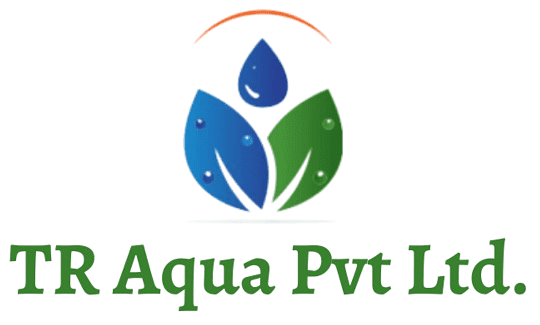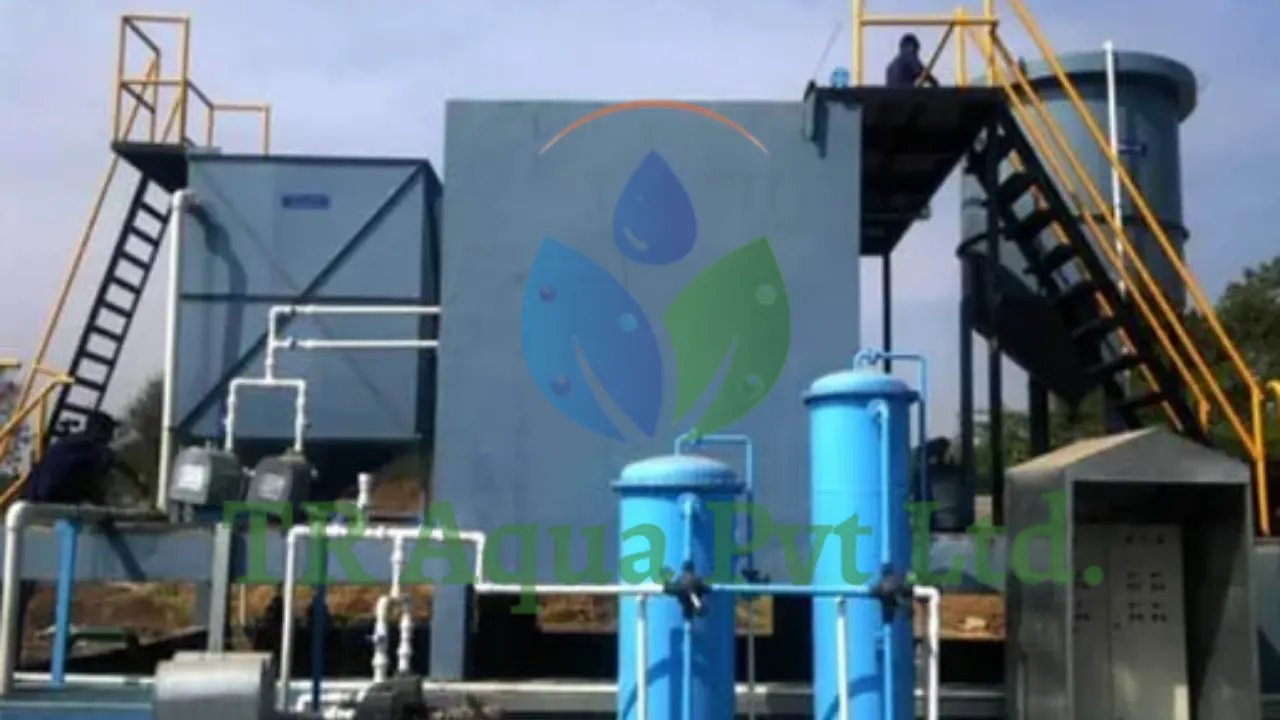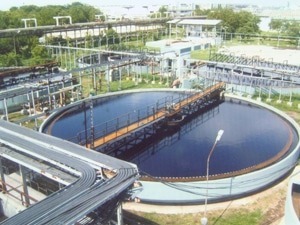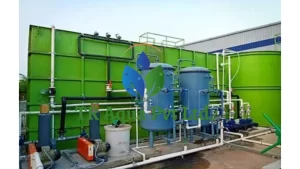The dairy industry produces a significant volume of wastewater during both product processing and packaging operations. This wastewater typically contains a mixture of water, milk solids, fats, and cleaning agents. Its volume and composition can vary depending on such factors as the type of dairy products being processed, the methods employed, and the scale of the facility.
Due to its high concentrations of organic matter, nitrogen, and phosphorus, dairy wastewater poses a serious threat to the environment if discharged untreated. Proper treatment is important to prevent water pollution and ensure compliance with environmental regulations.
We specialize in offering customized sewage treatment plant solutions that help dairy industries treat their wastewater effectively and comply with environmental norms.
Also Read : Sewage Treatment Plant for Electroplating Industry
Why Does the Dairy Industry Need a Sewage Treatment Plant?
Dairy plants consume large volumes of water for cleaning, pasteurizing, packaging, equipment washing, and floor maintenance. The resulting wastewater is rich in:
- Milk residues (fats, proteins, lactose)
- Cleaning chemicals and detergents
- Organic and inorganic waste
- Suspended solids and high BOD/COD levels
If not treated properly, this wastewater can severely pollute local water sources, harm aquatic ecosystems, and lead to foul odour and unhygienic surroundings. An efficient Sewage Treatment Plant ensures that the wastewater is treated to safe standards before disposal or reuse.
Treatment Options for Dairy Industry Wastewater
Wastewater from the dairy industry contains high levels of organic matter, fats, milk residues, cleaning agents, and nutrients like nitrogen and phosphorus. Effective treatment is essential to prevent environmental pollution and ensure compliance with regulatory standards.
The treatment process begins with preliminary treatment, which involves screening to remove large solids and grit removal to eliminate sand and other abrasives. Oil and grease traps are also used to separate fats, which are common in dairy effluent.
Next is the primary treatment, where sedimentation tanks allow suspended solids to settle. Equalization tanks help in balancing flow and pollutant load for consistent downstream processing.
In the secondary or biological treatment stage, methods like Activated Sludge Process (ASP), Moving Bed Biofilm Reactor (MBBR), or Sequencing Batch Reactor (SBR) are employed. These systems use aerobic bacteria to degrade organic pollutants and significantly reduce BOD and COD levels.
For improved water quality, tertiary treatment is used. This includes filtration, nutrient removal, and disinfection through UV or chlorination to make the water safe for reuse or discharge.
Finally, sludge management involves thickening, dewatering, and safe disposal or reuse of the sludge generated during treatment. Together, these processes ensure the efficient and sustainable treatment of dairy industry wastewater.
Dairy Industry Wastewater Treatment for Disposal or Discharge
The treatment of dairy wastewater involves several steps to effectively remove pollutants such as nutrients, oils and fats, COD, BOD, TSS, and other organic and inorganic substances before discharge.
Initially, pH adjustment is carried out using agents like caustic soda or acid to bring the water to a neutral level. This is followed by emulsion breaking and solid precipitation using a demulsified.
The core processes include coagulation and flocculation, where coagulants are added to destabilize suspended particles. The wastewater then enters a slow mixing zone, allowing the formation of larger flocs. These flocs are then separated in a Dissolved Air Flotation (DAF) unit, where microbubbles generated by a recycled air dilution system float the flocs to the surface for removal.
The separated sludge is dewatered using a filter press and safely disposed of according to environmental regulations.
If the treated water is to be discharged into natural water bodies, an additional biological treatment step is required. This process biologically degrades remaining organic matter, ensuring the final effluent meets discharge standards and minimizes environmental impact.
Dairy wastewater treatment for reuse
Dairy wastewater can be effectively treated and reused through a combination of physical, chemical, and biological processes. After removing solids, fats, and organic matter through screening, coagulation, and biological treatment, advanced tertiary processes like filtrate, ion and UV disinfection ensure the water meets reuse standards. Treated water can be safely reused for non-potable purposes such as equipment cleaning, floor washing, irrigation, and cooling systems. Reusing dairy wastewater not only reduces freshwater demand but also minimizes environmental impact, helping dairy industries operate sustainably while complying with environmental regulations. It’s an eco-friendly solution promoting resource conservation and cost efficiency.
Why Choose TR Aqua for Sewage Treatment Plant for Dairy Industry ?
TR Aqua is a trusted name in providing customized and efficient sewage treatment plant solutions for the dairy industry. With deep industry knowledge and advanced technology, we design compact, energy-efficient, and eco-friendly STP to handle dairy wastewater effectively. Our systems ensure compliance with environmental regulations, reduce water consumption through reuse, and help maintain hygienic operations. From design and installation to maintenance and support, TR Aqua provides end-to-end solutions with a focus on quality, reliability, and sustainability. Choose TR Aqua to enhance your dairy plant’s efficiency while contributing to environmental conservation.
The Sewage Treatment Plant for the dairy industry is more than a regulatory requirement—it’s a crucial part of modern, sustainable dairy operations. By investing in a reliable STP from TR Aqua, dairy plants can treat and reuse their wastewater efficiently, reduce environmental impact, and contribute to a cleaner future.
If you’re in the dairy industry and looking for a dependable sewage treatment partner, TR Aqua is here to help.



